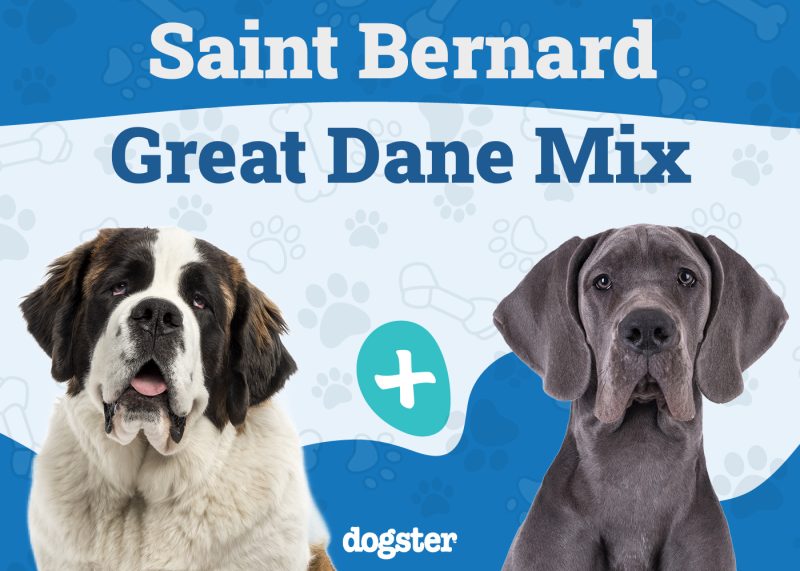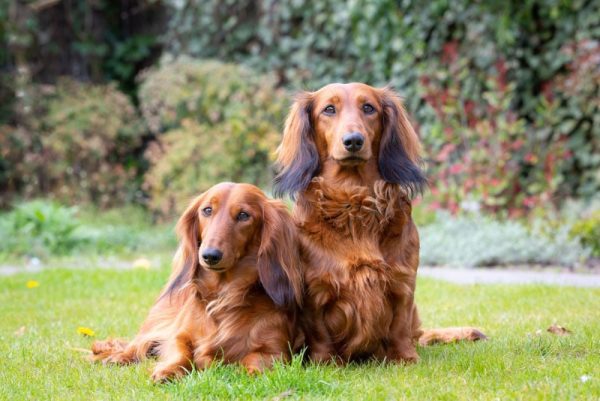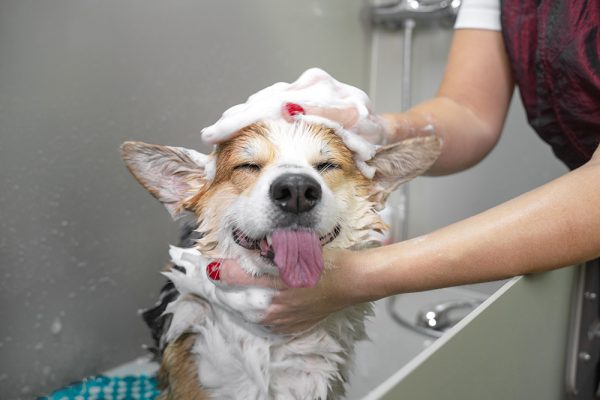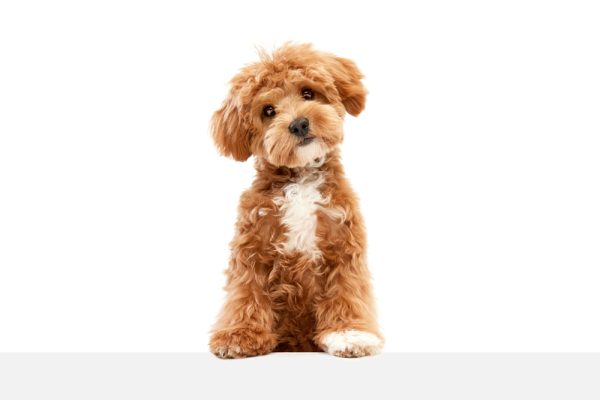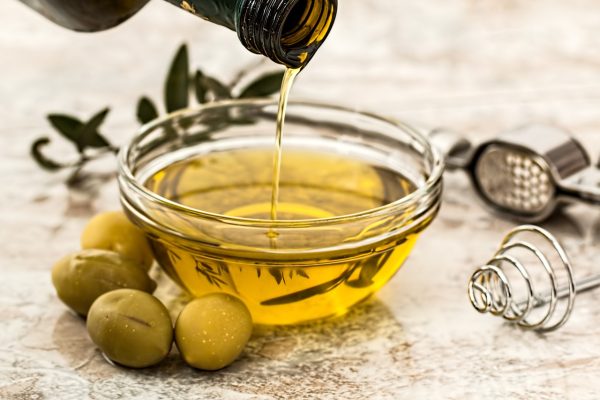Red Pomeranians are adorable dogs that have been popular for over 100 years. They have a rich history, surprising pedigree, and fun personalities. There is much more to the Red Pomeranian than what first meets the eye. This overview covers everything you need to know about Red Pomeranians, including their history, fun facts, suitability as a family pet, and more.
Breed Overview
Height:
6–7 inches
Weight:
3–7 pounds
Lifespan:
12–16 years
Colors:
Red, auburn, copper
Suitable for:
Families and singles who prefer small dogs
Temperament:
Affectionate, playful, vocal, and loyal
Red is a common coat color of the Pomeranian and one of 27 colors. Red Pomeranians make excellent pets, and although they’re lively, they don’t need much exercise or a large yard to play in. They can be vocal, but with adequate training, you can prevent them from constantly barking. They’re relatively easy to train, but housebreaking them can take longer than with other breeds.
Red Pomeranian Breed Characteristics
The Earliest Records of Pomeranians in History

The earliest written record of a Pomeranian dog comes from a journal entry written on November 2nd, 1764. The entry was written by James Boswell, 9th Laird of Auchinleck, a Scottish lawyer and writer. The entry mentions the Pomeranian as a distinct dog, saying:
“The Frenchman had a Pomeranian dog named Pomer whom he was mighty fond of.”
It is a misconception that the Pomeranian originates from the region of Pomerania. While the dog gets their name from this region, encompassing northern Germany along the banks of the Baltic Sea, the Red Pomeranian descended from the German Spitz. That means that Pomeranians originated in Germany rather than Pomerania.
People in the region of Pomerania started breeding these variations of the German Spitz and exporting them, which is where the name comes from. Pomeranians began arriving in the United Kingdom, the center of early dog breeding and enthusiasm, in the 17th century.

How Red Pomeranians Gained Popularity
The Red Pomeranian began rapidly gaining in popularity when they caught the attention of Queen Victoria. Queen Victoria reigned in England from 1837 until 1901. When she was young, she had an affinity for Pomeranian dogs and began breeding them. Later in her life, she even owned a Red Pomeranian, which she named Windsor’s Marco.
Once the queen started breeding Red Pomeranians and speaking about her beloved companion, the dog began to gain attention as a desirable pet. Windsor’s Marco was a very small Pomeranian and weighed just 12 pounds. Before that, Pomeranians were much larger dogs, weighing between 30 and 50 pounds. After the queen was seen with a small Red Pomeranian, the tiny variation of the dog exploded in popularity.
Since Queen Victoria turned the world onto the cuteness of Red Pomeranians, they have been popular dogs. Pomeranians routinely rank in the top twenty for popular dog breeds in both the United States and the United Kingdom. Recently, their popularity has dipped slightly, while other small dogs, such as Pugs and French Bulldogs, have risen in popularity.

Formal Recognition of Red Pomeranians
The American Kennel Club officially recognized the Pomeranian in 1888. The first official breeding club for Pomeranians was founded in England in 1891. The breeding club was the first to write an official breed standard for the Pomeranian and incorporated the more popular small stature into the breeding standards. The Pomeranian was officially recognized as a standard dog breed in the United States in 1900. All of this occurred after Windsor’s Marco became a popular dog in the United Kingdom after accompanying the queen.
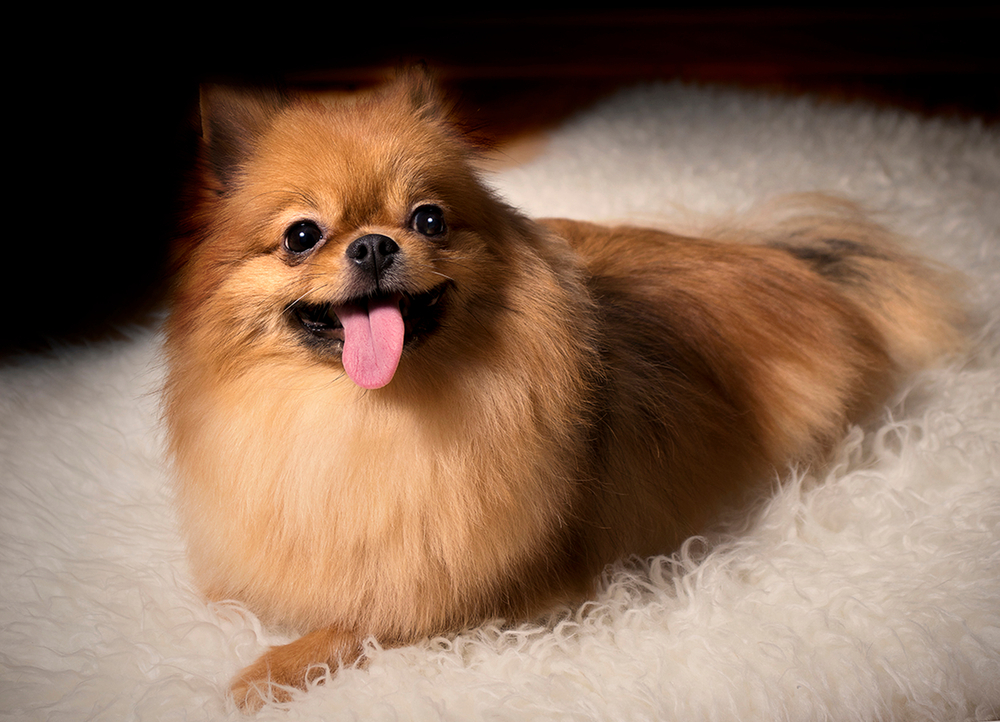

Top 6 Unique Facts About the Red Pomeranian
1. Pomeranians Are Descended from Ancient Sled Dogs
The German Spitz is a large and hardy sled dog. Since Pomeranians are directly descended from the German Spitz, they are closely related to large, northern sled dogs. They might not seem like much with their tiny bodies today, but Pomeranians have a tough pedigree. That is why many people say Pomeranians think they are much bigger dogs than they are. It also explains why they have such bushy coats. Red Pomeranians stick out in the snow, but the original breed was likely white.
2. Wolfgang Amadeus Mozart Dedicated an Aria to His Pomeranian
Mozart is one of history’s most famous composers, and he dedicated an aria to his beloved Pomeranian. An aria is an accompanying song played underneath a vocal solo in an opera. Clearly, Mozart’s Pomeranian was a muse for him at times.
3. Two Pomeranians Managed to Survive the Sinking of the Titanic
There were only three dogs that managed to survive the horrifying sinking of the Titanic. Two of them were Pomeranians. One Pomeranian escaped in lifeboat six and one in lifeboat seven. The dogs were kept by their fearful owners as the ship went down.
4. Pomeranians Are Often Trained as Service Dogs
Pomeranians do not look like the typical service dog, but they serve a special purpose. Many Pomeranians are trained as service dogs for the deaf and hearing impaired. Pomeranians are very attentive and vocal dogs, so they make excellent service dogs for the hearing impaired. Next time you see a little Red Pomeranian with a service dog vest on, remember that they could be legitimate!
5. Pomeranians Have Been Owned by Numerous Famous People
Pomeranians made many appearances throughout history, even before they were recognized as an official breed. Pomeranians have been owned by famous people such as Queen Victoria, President Teddy Roosevelt, Martin Luther, and Mozart. It has even been speculated that Michelangelo owned a Pomeranian. Michelangelo is one of the earliest potential advocates of the emerging Pomeranian breed.
6. You Can Still Occasionally Find a “Throwback” Pom
A throwback Pomeranian is bred with the old characteristics in place rather than the modern ones. Throwback Pomeranians are much larger than typical Pomeranians, weighing between 20 and 30 pounds. They are also often pure white, and the color doesn’t change as they age, like typical Poms. These traits were present when Pomeranians were first bred out of the original German Spitz, which is why they are a throwback today.
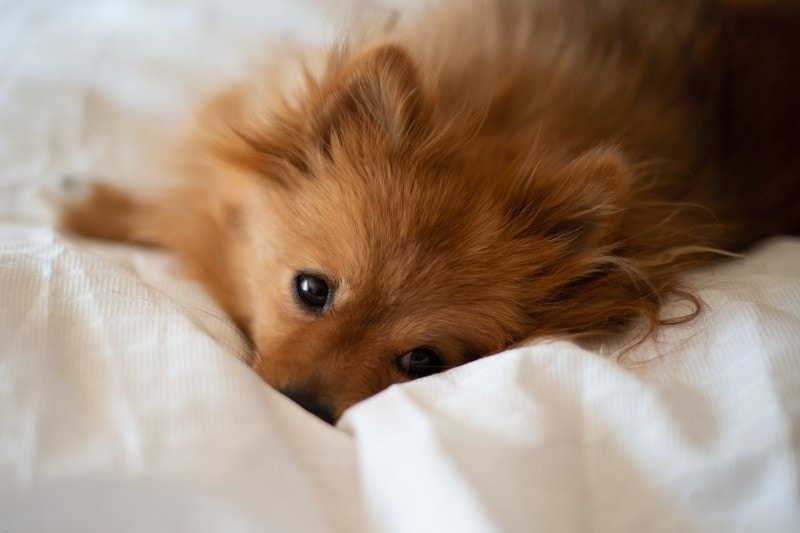

Do Red Pomeranians Make Good Pets?
Red Pomeranians make great pets. They have been common for decades and famous for centuries. If they are socialized appropriately, they can make great family dogs. Everyone loves Pomeranians’ little faces, small stature, and luxurious coats.
There are some things to remember if you plan on getting your own Red Pomeranian. First, they do require regular grooming. Pomeranians do not need as much grooming as they look at first glance, but they do need baths and brushings. Second, Pomeranians can be very yappy. They like to bark, which can be a problem for some owners. Lastly, Pomeranians can sometimes be a tad aggressive. They can nip at other dogs and children in certain circumstances. All these problems can be mitigated with thorough trainingr.

Conclusion
Red Pomeranians are a color variation of the popular Pomeranian. They have been around for centuries and are very popular. Red Pomeranians can make excellent family dogs, and they are very entertaining to own. It is easy to see why the world fell in love with this dog breed after Queen Victoria began popularizing them in the 19th century.
Featured Image Credit: Oksamutnaya, Shutterstock


